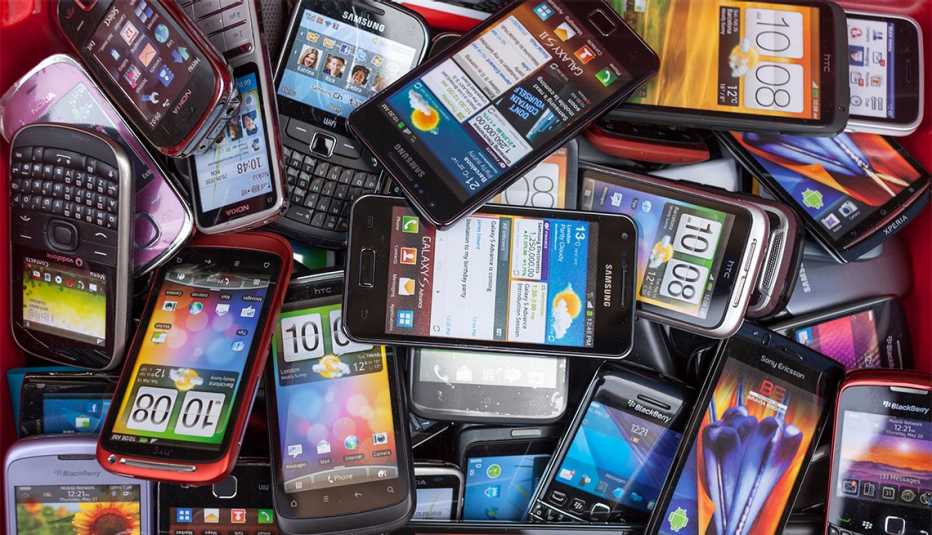AARP Hearing Center


Verizon discontinued its 3G network at the end of 2022, becoming the last of the major carriers to shutter the now obsolete service. Both AT&T and T-Mobile completed their own 3G shutdowns in the first half of last year.
The carriers had been working for more than two years with millions of customers, many of them older adults, to replace their devices with ones that will work on the 5G network, shorthand for the fifth generation of wireless. Companies' 5G service is still rolling out across the country.
By now, customers who ignored the call to change will have lost cellphone service entirely, including the ability to call 911. Most of the 3G-capable phones folks had been using on AT&T, T-Mobile and Verizon networks aren’t able to tap into the latest networks though some remain compatible on existing 4G LTE networks. Customers who upgraded likely are facing bigger monthly bills in exchange for the new service.
Some companies, such as T-Mobile, offered their customers a free 5G replacement device. Customers may be seeing the free device incentive in the form of bill credits over several months, an installment charge for the price of the phone and a corresponding credit that encourages them to stay with a carrier at least until the phone charge and credit stop.
Companies shut off 3G to repurpose the finite amount of spectrum, or the airwaves they’re allotted to send wireless signals to networks. You were not out of the woods if you got phone service from the likes of Boost, Cricket, Straight Talk and other discount providers. They piggyback on the major carriers’ networks.
“By switching off the older technology and deploying 4G or 5G on that spectrum, the experience of users will improve because the new technologies are much more efficient in how they use that spectrum,” says Ian Fogg, United Kingdom–based vice president for analysis at the mobile analytics firm Opensignal.
Back when 4G came along, carriers put 2G out to pasture — well, most of them. T-Mobile says it still has remnants of its old 2G network in place that it will take down at an undetermined date. In 3G’s heyday, the phones could have a wider service area by falling back on a 2G network wherever coverage was spotty.
Shutoff dates were an end, not a beginning, FCC says
AT&T started taking its 3G towers offline in February of last year. T-Mobile began shuttering both its own network and the Sprint network it inherited when the carriers merged in 2020.
T-Mobile’s 3G UMTS (Universal Mobile Telecommunications System) network shut down July 1. T-Mobile shuttered the former Sprint’s LTE network, which stands for Long-Term Evolution and is a flavor of 4G, at the same time.
Verizon retired its 3G network after extending an original 2020 deadline.
At the end of March, Verizon said less than 1 percent of its customers were still accessing its 3G network. In early July, telecom analyst Roger Entner of Recon Analytics in Dedham, Massachusetts, estimated that would be a few hundred thousand customers at each carrier, totaling fewer than 1 million people and down from 5 million to 10 million late in 2021.

































































More From AARP
7 Ways New Technology Can Make Your Life Easier
Sampling of products can help solve everyday problems
10 Steps to Make Your Old Smartphone Feel New Again
You can clean up and improve device that’s a few years old
New Rules Should Simplify Shopping for Internet Plans
‘Nutrition labels’ will let you compare features, prices